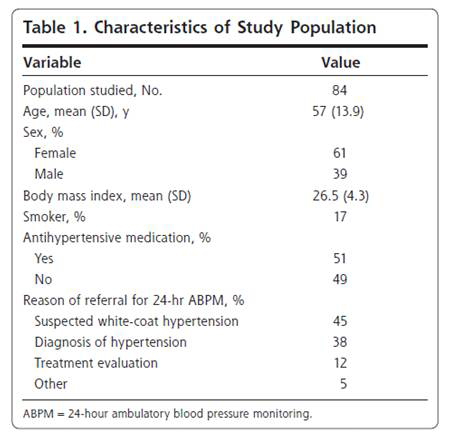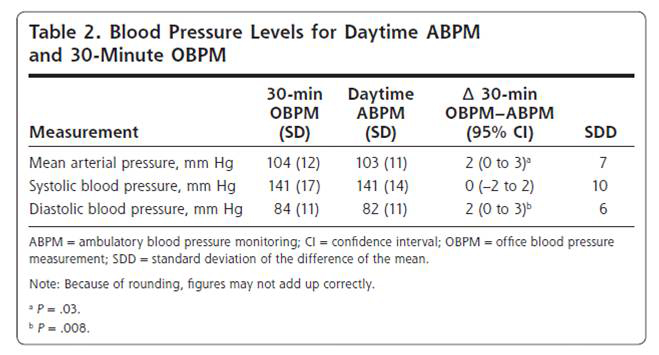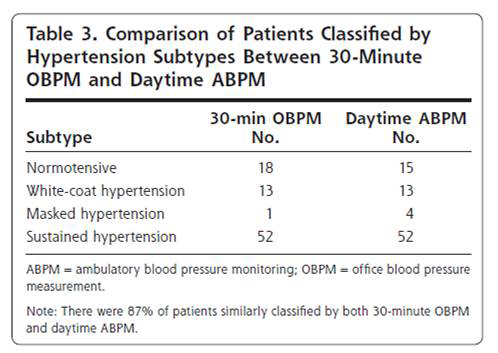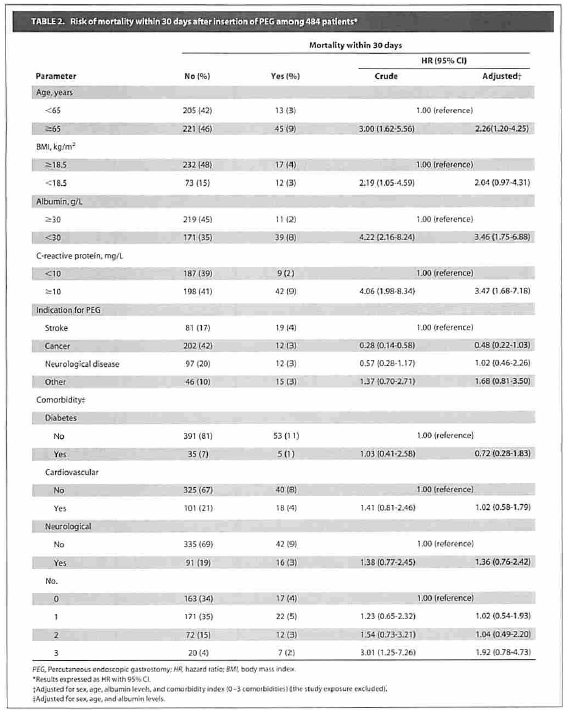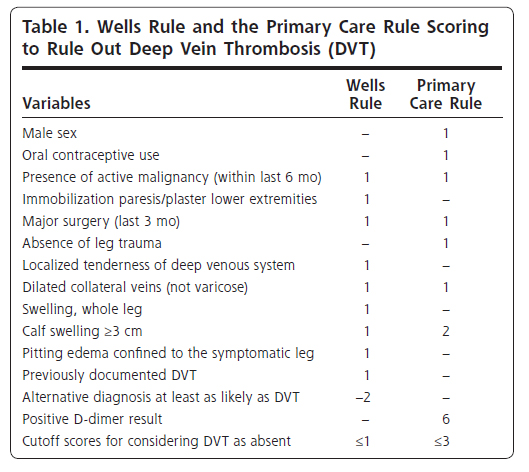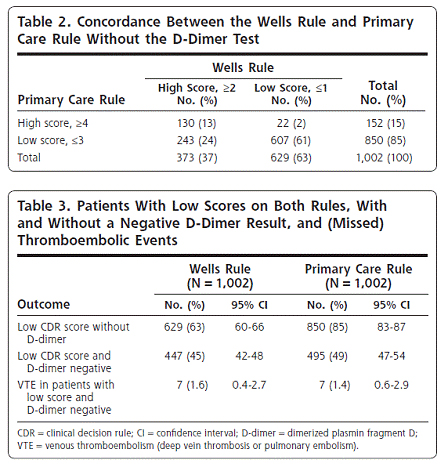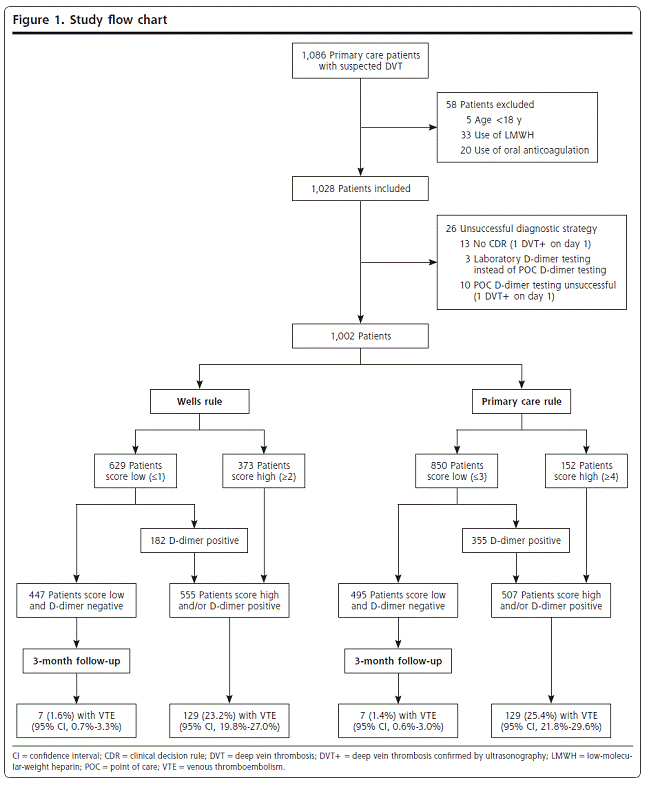【文献名】
Joseph J. Y. Sung, et.al: Continuation of Low-Dose Aspirin Therapy in Peptic Ulcer Bleeding: A Randomized Trial. Annals of Internal Medicine: 152:1-9, 2010
【要約】
Background: It is uncertain whether aspirin therapy should be continued after endoscopic hemostatic therapy in patients who develop peptic ulcer bleeding while receiving low-dose aspirin.
Objective: To test that continuing aspirin therapy with proton-pump inhibitors after endoscopic control of ulcer bleeding was not inferior to stopping aspirin therapy, in terms of recurrent ulcer bleeding in adults with cardiovascular or cerebrovascular diseases.
Design: A parallel randomized, placebo-controlled noninferiority trial, in which both patients and clinicians were blinded to treatment assignment, was conducted from 2003 to 2006 by using computer-generated numbers in concealed envelopes. (ClinicalTrials.gov registration number: NCT00153725)
Setting: A tertiary endoscopy center.
Patients: Low-dose aspirin recipients with peptic ulcer bleeding.
Their indication for aspirin is cardiovascular diseases or/and cerebrovascular diseases.
Intervention: 78 patients received aspirin, 80 mg/d, and 78 received placebo for 8 weeks immediately after endoscopic therapy. All patients received a 72-hour infusion of pantoprazole followed by oral pantoprazole. All patients completed follow-up.
Measurements: The primary end point was recurrent ulcer bleeding within 30 days confirmed by endoscopy. Secondary end points were all-cause and specific-cause mortality in 8 weeks.
Results: 156 patients were included in an intention-to-treat analysis. Three patients withdrew from the trial before finishing follow-up. Recurrent ulcer bleeding within 30 days was 10.3% in the aspirin group and 5.4% in the placebo group (difference, 4.9 percentage points [95% CI, −3.6 to 13.4 percentage points]). Patients who received aspirin had lower all-cause mortality rates than patients who received placebo (1.3% vs. 12.9%; difference, 11.6 percentage points [CI, 3.7 to 19.5 percentage points]). Patients in the aspirin group had lower mortality rates attributable to cardiovascular, cerebrovascular, or gastrointestinal complications than patients in the placebo group (1.3% vs. 10.3%; difference, 9 percentage points [CI, 1.7 to 16.3 percentage points]).
Limitations: The sample size is relatively small, and only low-dose aspirin, 80 mg, was used. Two patients with recurrent bleeding in the placebo group did not have further endoscopy.
Conclusion: Among low-dose aspirin recipients who had peptic ulcer bleeding, continuous aspirin therapy may increase the risk for recurrent bleeding but potentially reduces mortality rates. Larger trials are needed to confirm these findings.
【考察とディスカッション】
胃潰瘍からの出血直後からのアスピリンの再開・継続により再出血のリスクが高まる可能性があるが、95%信頼区間は-3.6--13.4であり、この結果はよりサンプルサイズの大きな同様の研究を待たなくてはならない。
2次アウトカムではあるが、内視鏡直後からアスピリンを再開したグループの方が有意に死亡率が低いことは8週間と非常に短い期間であることも含めて注目すべき結果と考える。
【開催日】
2011年1月26日(水)
